
This is a follow-up to the very popular article A Gentle Method for Getting Children to Sleep in their Own Beds. In that article I referenced reading books, singing lullabies and playing relaxing classical music in the child’s sleeping environment. In this article I will expand on what books I read, what lullabies I sang, and what music I used.
Before we get too far in to the article, I want to mention that although I commonly see results from this method within a short period of time (e.g. days), I would recommend maintaining the method for at-least several months, or even years, depending on the age and needs of the child. Bedtime rituals are an opportunity to spend one-to-one, special time with the child and, implemented consistently, promote the child’s psychological readiness to accept separation and slide peacefully to sleep. I maintained bedtime rituals for each of my children for varying lengths of time. In the case of my youngest son, I used the above methodology until he was seven years of age, transitioning to more and more sophisticated books over time, and gradually phasing out lullabies and songs. Thereafter, I maintained some form of bedtime ritual until he reached his early teens. I might add that the rituals I followed were implemented every night, so I made sure that I only started what I could keep up over time. Consistency is calming, and inconsistency (such as starting and stopping something) is irritating, and hence, interferes with a child’s readiness to fall asleep.
As I mentioned in my earlier article, I tended to use a small number of lullabies and books across a given period, for consistency sake and because an association is built between the lullabies and books and feelings of readiness to fall sleep (i.e. sleepiness). Psychologists refer to this association as classical conditioning, and its effect is that the child can become sleepy when the same songs are sung or books are read, whatever time of the day. Over time, one or more new lullabies/songs would be introduced at a time, and one dropped off the ‘list’. I used to sing all the widely-familiar lullabies (I used a book of lullabies and we went through the book while I sang) and I also sang other songs, such as the Postman Pat theme (sometimes substituting in the name of my child for ‘Postman Pat”). I particularly liked to sing The Ants go Marching last and observed that my son would either fall asleep or be very close by the time I finished.

In terms of the books I read, over time there was a wide range, from simple nursery stories to, when my son was seven, children’s novels. I want to mention three here, that were particularly popular with us.
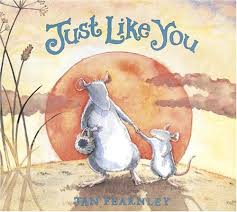
The first was a book called Just Like You, by Jan Fearnley, which is a story that follows Mumma Mouse and Little Mouse as they travel home and Little Mouse’s observation of the interactions of other animal parents and their young. It is a lovely book that reinforces knowledge of the care and protection parents afford their young, and associated bonds of love. This was my personal favorite and I cannot recommend it highly enough
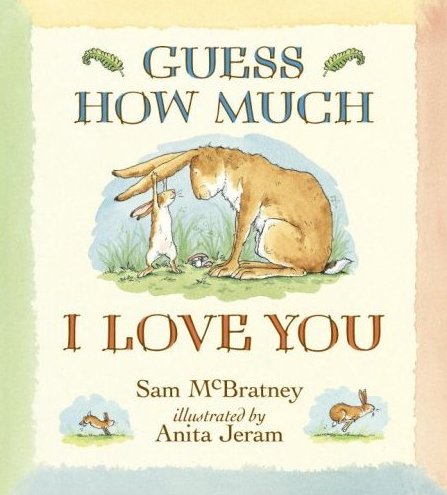
The second book we used was the very popular Guess How Much I Love You, by Sam McBratney. This book tells the story of the interaction between Big Nutbrown Hare and his son, Little Nutbrown Hare, about how big is their love of each other. This is also a lovely book for preschool-aged children.

The third book we used was The Staircase Cat, by Colin Thompson. It tells the story of a cat that becomes separated from its caretakers during a war, and of their eventual reunion. Warning, it is an emotional read, but the theme of separations and reunions is particularly poignant at bedtime. This one is better-used with older, school-aged child.
Finally, I recommend playing relaxing classical music in the child’s sleeping environment, all night, every night. The reason being is that, apart from also introducing an element of consistency into the bedtime and sleeping routine, it is known, as the word suggests, that relaxing classical music induces relaxation and deepens sleep – even when the child is asleep already. The latter is supported by a study of patients undergoing surgery, where soothing music was played during some procedures and not others. The study showed that during those procedures where soothing music was played in the operating theatre the patients required less anaesthetic than those where soothing music was not played. That is, the soothing music helped to deepen sedation.
I recommend that the music is played very quietly, so that it is only just audible in a quiet room. I also recommend leaving it on all night, so the child sleeps restfully all night and wakens refreshed. Start the music playing while singing and reading (beware, you might also fall asleep!), and leave it on when you leave. If the child complains that the music keeps them awake, start it after they have gone to sleep and/or put it on in an adjacent room or hallway. The latter is also recommended if the device on which the music is being played is likely to be a distraction and temptation to the child.
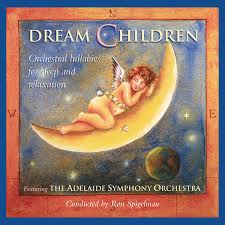
I recommend using the Dream Children compilation, by Ron Spigelman and the Adelaide Symphony Orchestra. It is available for purchase on both the iTunes and the Google Play Store.
Please follow the links below to purchase the items referred to in this article. I may receive a small commission for your purchases. Such commissions help to fund the production of articles and resources on this site.
Via Amazon US (Click Image):
Via Amazon in the UK:
Via Amazon Australia:
If you wish to access a PDF of this article, please click here.
If you found the information in this article useful, please share it using the sharing buttons below.
Please also subscribe to this blog to receive further ideas and guidance when it becomes available.
Follow the links below to my two new resources supporting consistency of care and effective communication between home and school for children recovering from a tough start to life:


For more information about my work visit securestart.com.au.
You can access more information about my therapeutic parenting programs by clicking the links below:
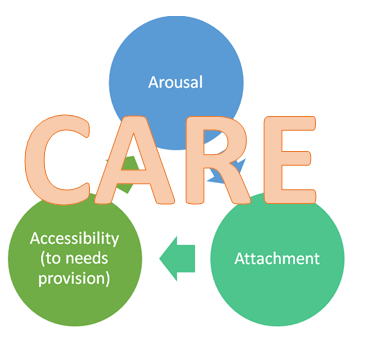
Triple-A Model of Therapeutic Care
The CARE Therapeutic Framework
Helping Children and Young People Realise their Potential
Another place to connect with my work is to follow one or more of my pages on Facebook:
To Connect with me on LinkedIn or Twitter click below:
If you have any questions about this method, you can contact me using the form below:

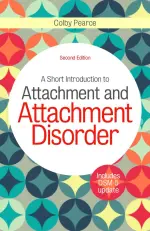




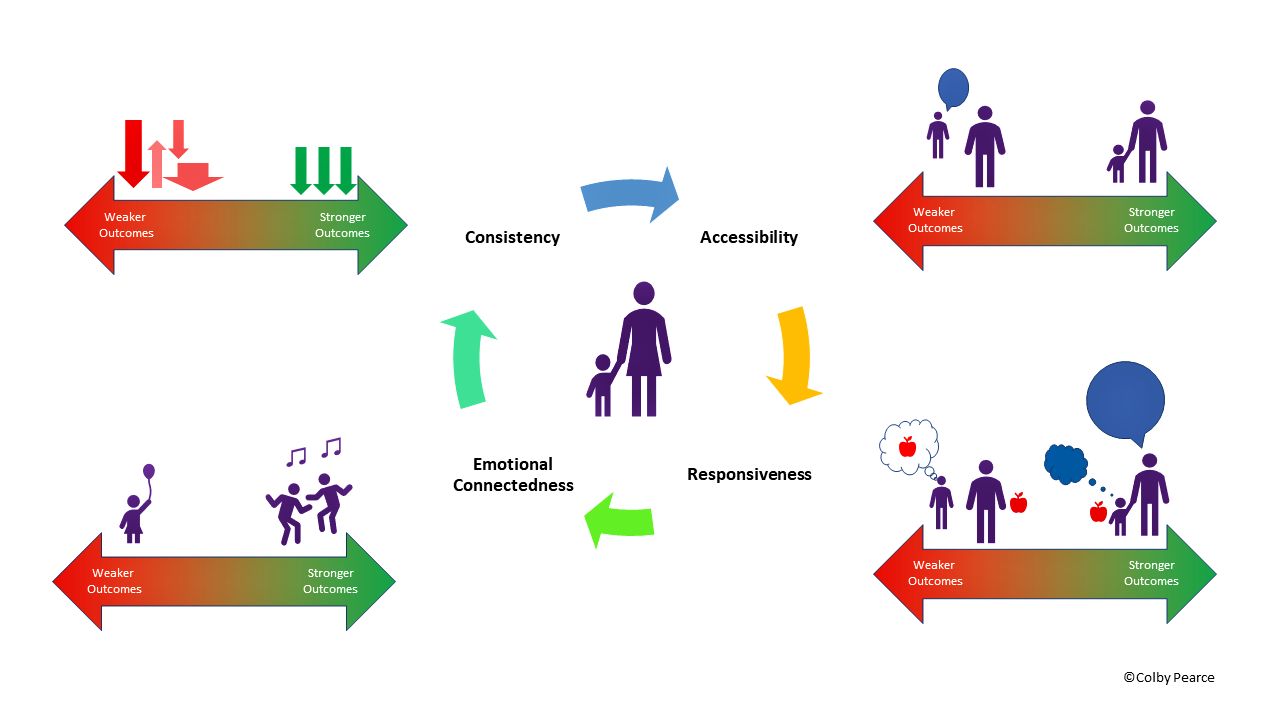



Pingback: Taming Tantrums; Managing Meltdowns: Part Two | Attachment and Resilience